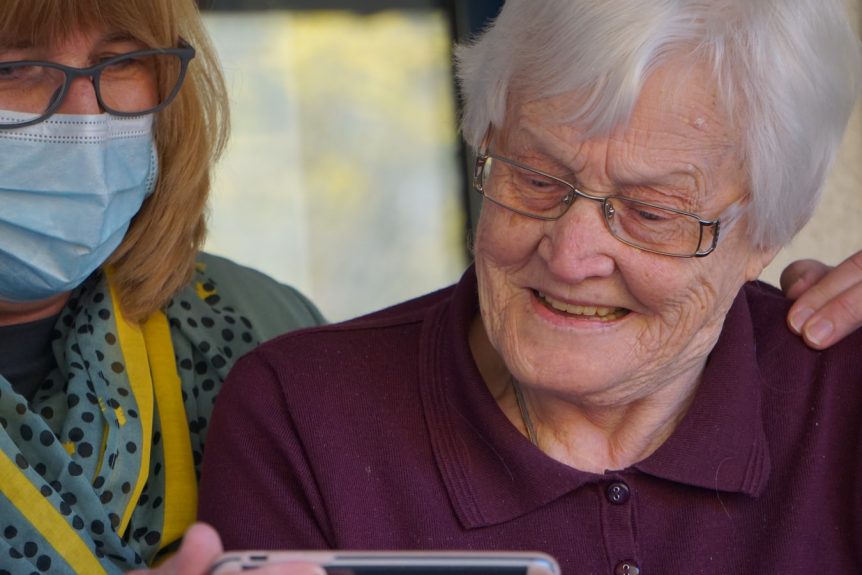Research objective: define features, functions, and experience to inform the design of a prototype for eldercare product.
Research method: In-depth-interviews laddering approach
We are in a world where we are living longer, in a time where there’s so much technology, but elder caregiving is an area that needs rethinking.
We began with the assumption that eldercare needs fresh ideas to transform caregiving. We set out to understand the needs of elders, and healthcare professionals, and caregivers, to uncover insights, truths and identify approaches that reinvent elder caregiving. The objectives are to define solutions that will help the elder cohorts and their caregiving team.
Challenge: As people enter the aging life stage, they have difficulty with simple life skills. They lose the connection to family, friends, and community, forget to take medication, eat, or disregard personal hygiene.
Worse personal safety is difficult, especially if they live alone, and help does not come for hours.
Solution: Design an easy to use voice-activated assistant takes care of the needs of the elderly through their life stages and aid caregivers and healthcare professionals.
The design required learning about eldercare problems and needs, identify features and functions. Contextual research and laddering interviews focused on three groups:
- Seniors and Elders 65 years old+
- Independent living
- Assisted living
- Healthcare professionals
- Caregivers
Seniors and elders discussed their daily life and routines, tasks, living situation, their meaning of happiness, and the use of technology. Their homes and living conditions were observed to understand challenges, strengths, vulnerabilities, and opportunities with their space. The findings codified into the present situation. Their future state was speculated to understand the evolution of the aging stages and incorporate them into the design.
People 65 and 74 years old continue to perform household tasks, exercise, drive with some complaints. 75% maintain an active social life. People 75-84 years old begin to experience a diminished quality of life. Household chores become more complicated, some have stopped exercising because of health issues, and others stopped driving. 25% complained of feeling isolated. The most significant change in behavior and attitude is with people 85 years and old. The ability to perform simple tasks is increasingly tricky, and the chief complaint is forgetfulness.
90% of interviewees use smartphones, computers, and tablets, 5% of interviewees opposed the use of new technologies, and 5% take a wait and see attitude toward trying something new. Some interviewees conveyed a position of not wanting to trust new types of technologies. Most will need guidance with using voice assistant technology.
Overall considerations and consequences that will influence the voice assistant design: Sight, sound, dexterity, movement, memory, in some cases, the ability to speak or articulate clearly. Behavioral consequences include impatience, fatigue, no desire to learn, and cogitative issues.
General Present State: Due to a decrease in strength, there is a higher chance of injury in performing day-to-day tasks, which could lead to the change from independent living to assisted care. Many elders find it very depressing.
General Future State: Considers changes from brain conditions such as dementia or Alzheimer’s that may worsen with time – the decreasing quality of memory.
Four categories of needs were identified in the analysis and provided insights to the solution design: community and connection, health and medical, food and hygiene, safety, and security

